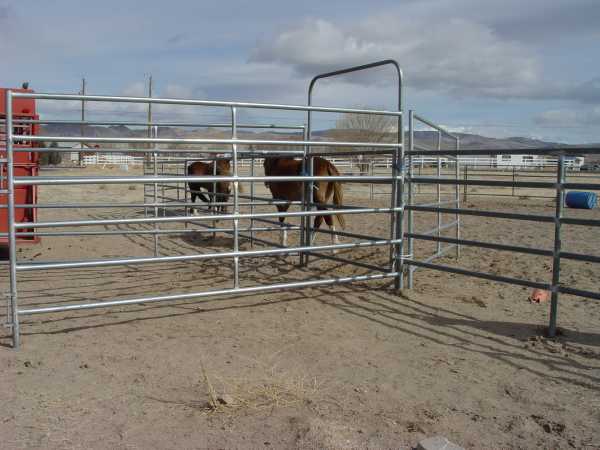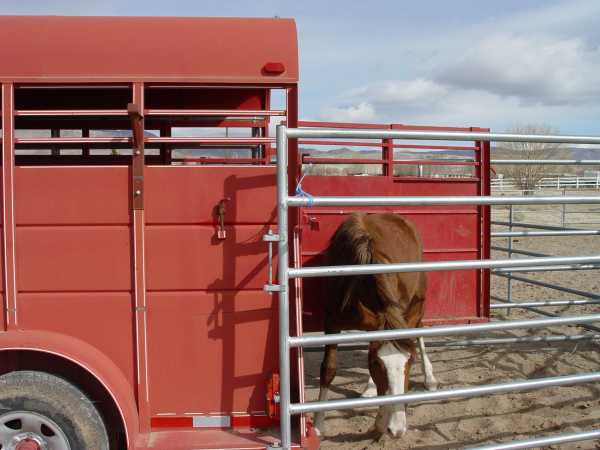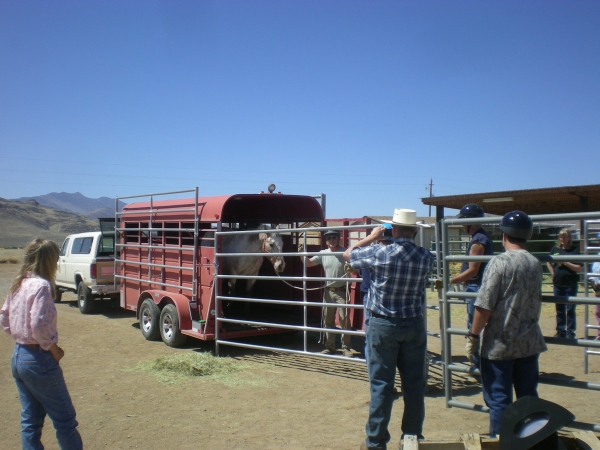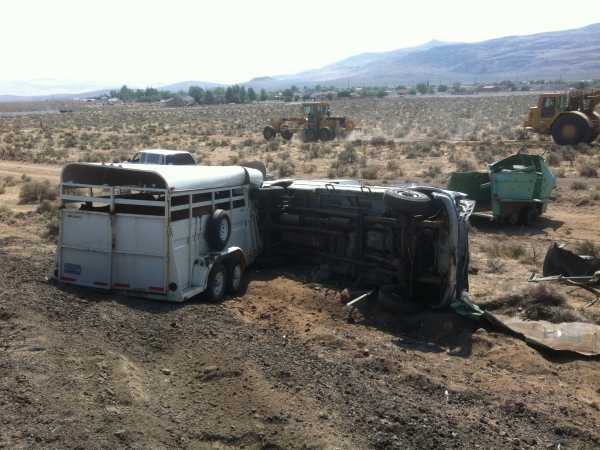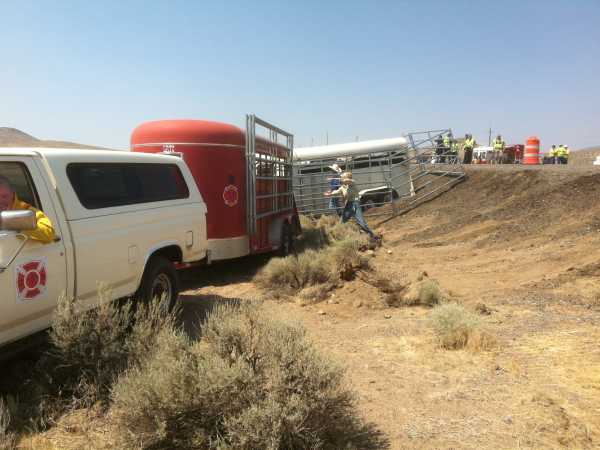|
This information sheet is primarily intended for persons associated with or working with the LRTC Emergency Response Team, however the information may be useful to other groups or private individuals who may wish to similarly equip a support unit or who may need to utilize the resources available from LRTC's Emergency Response Team.
Loading horses during emergencies and similarly stressful situations can at times be chaotic. A horse or horses don't want to load, the overall stress level increases and loading becomes both unpredictable and dangerous.
There are some techniques that have proved reliable in providing safe and sure horse loading that are discussed on this page.
Please note! These are skills that need to be practiced before undertaking emergency loading. Different horses and different loading scenarios can require different loading techniques. Owners and volunteers need to understand the principles associated with safe and sure loading so that they can apply the proper procedures to safely address the specific situation with which they are confronted.
This feature is a continuation of Part Two.
| 






